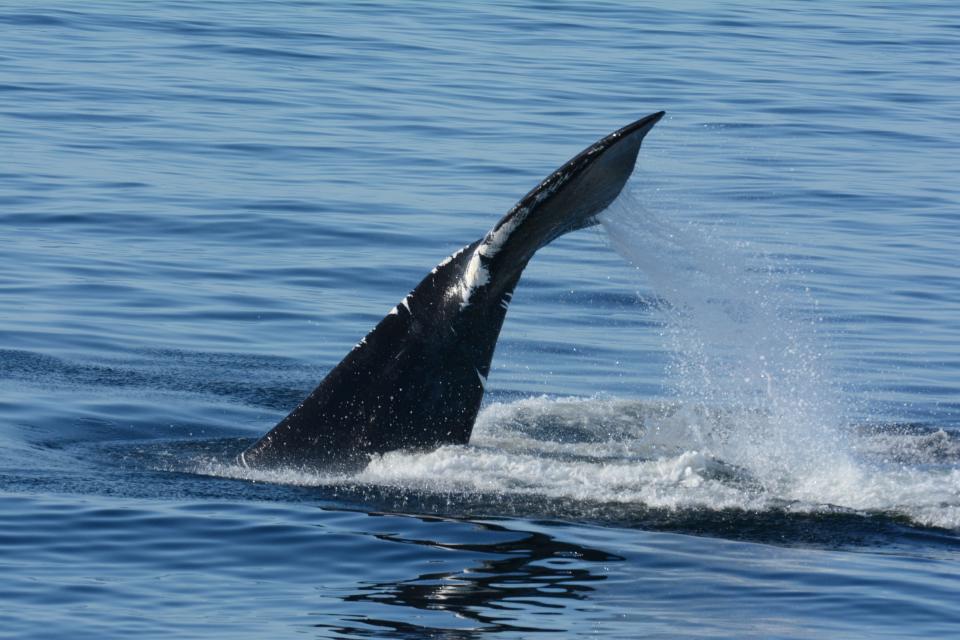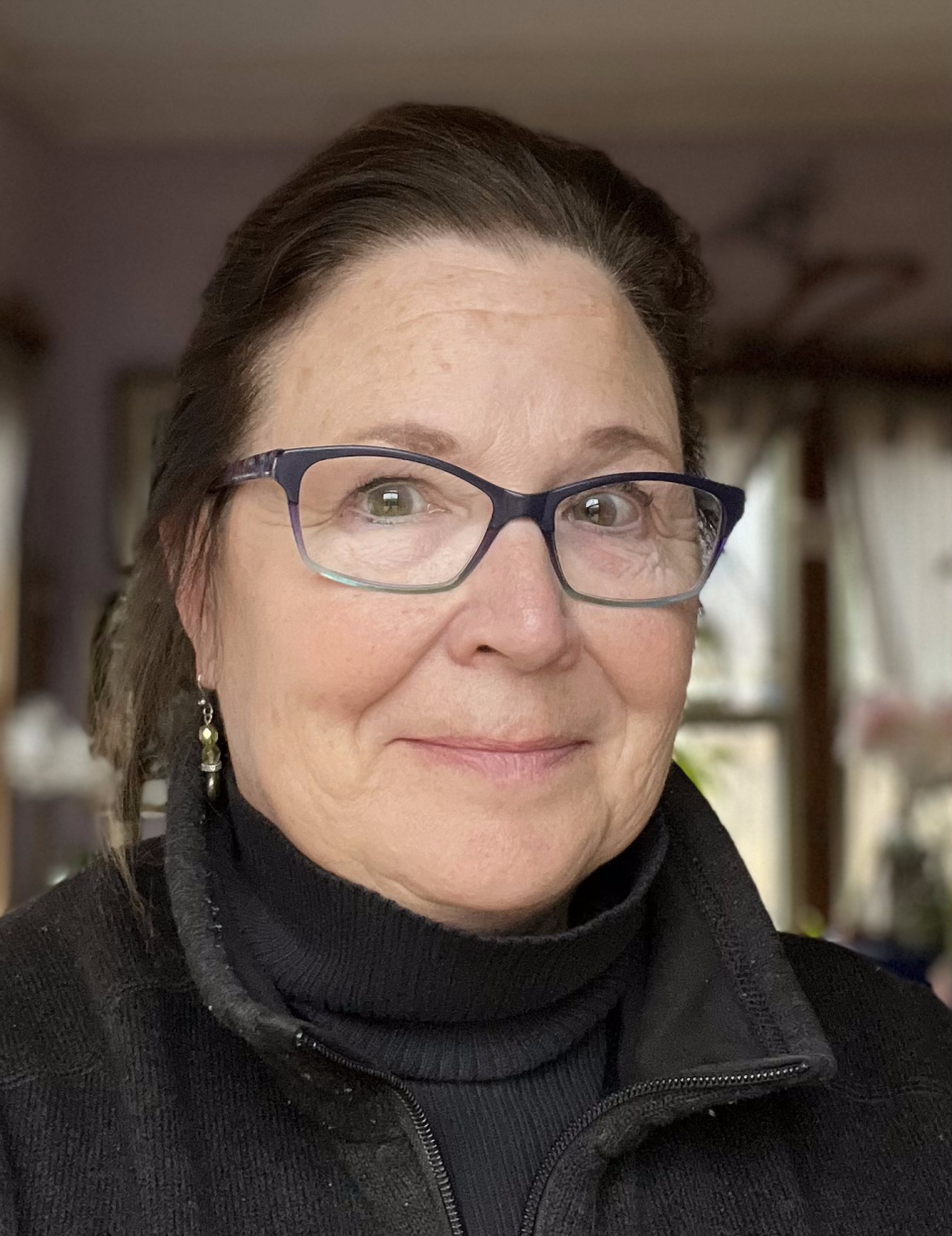There are only 356 North Atlantic right whales left. Biased studies won't save them
According to a series of late-October news stories, a group called the North Atlantic Right Whale Consortium has released a new report estimating the harsh reality that only 356 critically endangered North Atlantic right whales are left on Earth. The consortium conveniently points the finger at human-caused injuries as the leading cause of the species’ “unusual mortality events,” without even asking the most important question: How has a species that has existed for millennia, and has evolved to share its habitat with humans and their boats, suddenly forgotten a skill honed over centuries? The simplest and quickest answer is to look at this consortium, and each member organization’s funding, to understand why no in-depth research has been conducted to study how the North Atlantic right whales’ situation has altered in the past few years, and frankly why offshore wind development was not mentioned in this report.
The articles go on to say the New England Aquarium — a member organization of the North Atlantic Right Whale Consortium — has determined from its analysis that it is very concerned about human-caused injuries to right whales and cites vessel strikes and gear entanglements as the only endangerments. It quotes Philip Hamilton, a consortium board member and a senior scientist at the Anderson Cabot Center for Ocean Life at the New England Aquarium, as saying, “It shouldn’t be dependent on the whales to give birth to enough calves to reverse what we’re doing to them.”
None of the consortium members or their spokespeople seem to mention offshore wind development’s survey work and construction as any potential liability.

What are offshore wind's interests?
But that is not shocking when the Anderson Cabot Center at the New England Aquarium seemingly failed to disclose to reporters, or the public, that it receives funding from the offshore wind industry. It is not alone, and in fact, many member organizations of this consortium share similar funding streams, which is why it comes as no surprise that their report fails to mention what has changed for the species they have charged themselves with protecting for many years: the sounds. They’ve failed to recognize that the constant sonar booming caused by survey vessels, potentially violating their National Oceanic and Atmospheric Administration’s — NOAA Fisheries’ — Incidental Harassment Authorizations, is already harming the few remaining North Atlantic right whales.
In 2022, scientists and activists focusing on actually protecting the species compiled a report on environmental organizations receiving funding from offshore wind conglomerates, and no surprise: Hamilton’s New England Aquarium was on the list of environmental organizations that, combined, collected millions of dollars from offshore wind developers.
When offshore wind developers looked to survey and develop large-scale wind turbine lease areas off the East Coast, they applied for these Incidental Harassment Authorizations from NOAA that essentially give them the license and indemnification to harass hundreds of thousands of marine mammals, including the critically endangered North Atlantic right whale. You would think that these Incidental Harassment Authorizations alone would cause the North Atlantic Right Whale Consortium to investigate the levels of harassment and the impacts these survey vessels are having on the one species they charge themselves with protecting. But in this case, you would be wrong.
These licenses “to harass” are applied for and granted because there is an expectation that as a result of the survey work, construction, operations and eventual decommissioning of these large-scale offshore wind turbine systems and their associated power plants, marine life will suffer. These developers apply for these harassment authorizations for specific species knowing they are likely to affect these species. So how is it that offshore wind was not even mentioned in the North Atlantic Right Whale Consortium’s report?
More perspective: 72 whales have died on the East Coast in a year. NOAA must take action
72 dead whales this year
Whales rely on their hearing and in many cases internal sonar to hear and echolocate; this is an undisputed fact that no marine biologist can contradict. This allows them to navigate away from dangers, like boats and humans, and for mothers and calves to remain close to each other to feed and avoid predators. When their ocean is bombarded with noise, how can these majestic creatures hear? How can we expect them then to be able to know where the danger to them lurks? We cannot, and that is why any informed observer pointing blame toward vessel strikes and entanglements should be pointing the blame toward those bombarding the ocean with sonar booms. That is unless your funding stream comes from the people responsible for those booms.
Since December, 72 whales have washed ashore, dead, between Maine and North Carolina. This is not a coincidence — there have been more survey vessels rushing to complete their projects so that the construction phases of these lease areas can start. Many of these ships have their federally mandated Protected Species Observers watching for marine mammals and pausing work when they are spotted within the distance from the boat that the Incidental Harassment Authorization requires. These setback distances are calculated based on specific devices and decibel levels outlined in the NOAA application, yet a study earlier this year compiled by Rand Acoustics found that these survey vessels have not remained honest in their use of devices. This means they are rendering impact and harm to marine life well beyond the constraints of their licenses to harass.
All in all, this report by the North Atlantic Right Whale Consortium merely shows a bleak reality for the 356 remaining members of the species — that those claiming to protect them are the same people being funded by their greatest threat.
Vallorie Oliver is the founder and president of ACK for Whales, a group actively engaged in litigation against the United States to protect the critically endangered North Atlantic right whale from the dangers of offshore wind development in its habitat. A lifelong resident of Nantucket Island, Massachusetts, she serves as an elected commissioner on Nantucket’s Historic District Commission and is an active community volunteer.

This article originally appeared on NorthJersey.com: North Atlantic right whales: Biased studies won't save tiny population

